
Discover the elegance of the Dayspring White Gold Priest Chasuble. Crafted from durable Lichfield Brocade with gold orphrey bands and a majestic cross, it’s perfect for Christmas, Easter, and other special liturgical celebrations. Personalize with optional enhancements from the Dayspring Collection to suit your congregation’s spirit.
Like this:
Like Loading...
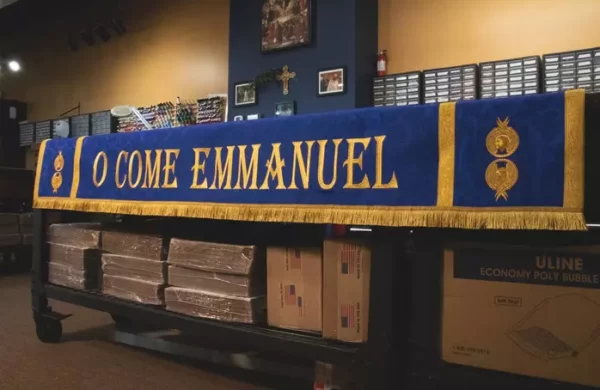
Uncover the story of blue in liturgical history! From medieval origins in Salisbury to modern Advent traditions, explore how this color symbolizes hope and anticipation. Join us on a journey through centuries-old practices to today’s vibrant celebrations!
Like this:
Like Loading...

We just finished a special Epiphany set that’s different from our usual work. Using white and green fabrics, we connected the Christmas season to Lent. Our green Luther Rose brocade and white accents make this set truly special for worship. We’re now thinking about a new set with darker green Winchester fabric and elegant Venezia tapestry. Want to see our creations and what’s coming next? Visit our Facebook Page to know more!
Like this:
Like Loading...
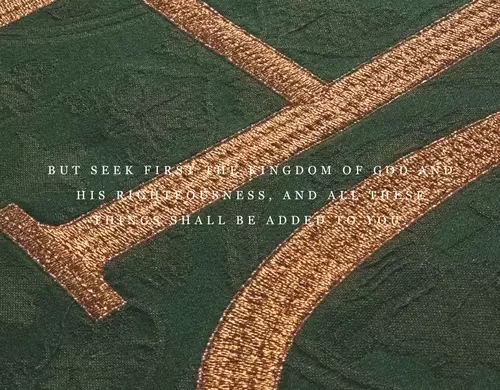
As summer approaches, churches don shades of green in celebration of Ordinary Time. This season, falling outside major liturgical periods, embodies themes of hope, life, and spiritual growth. Green vestments worn by clergy symbolize the Church’s focus on continual renewal and deepening faith, serving as a visual reminder of our ongoing journey with Christ.
Like this:
Like Loading...
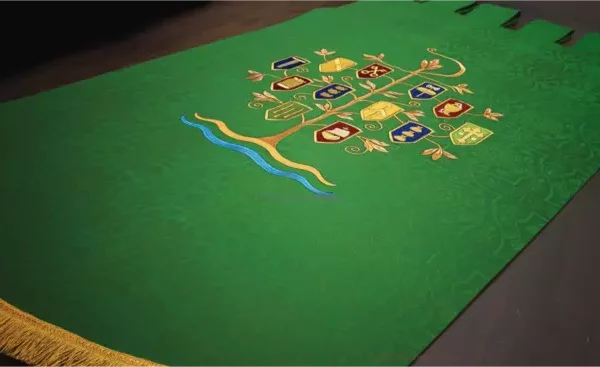
Revitalize your worship experience with our exquisite green vestment collection, perfect for celebrating Ordinary Time. Inspired by Colossians 2:6-7, these vibrant hues symbolize renewal and growth, inspiring both clergy and congregation. Explore our range online today and bring a sense of vitality to your church services.
Like this:
Like Loading...
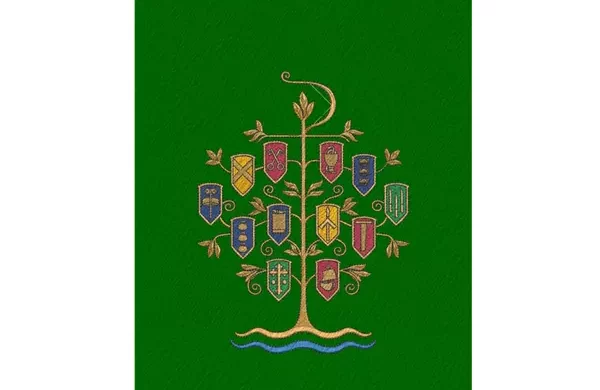
Ordinary Time in the liturgical calendar and encourages readers to consider custom vestments for their worship space. It stresses the importance of planning ahead due to the bespoke nature of the vestments, with a lead time of 4 to 6 weeks. Readers are urged to act now to ensure availability, custom craftsmanship, and a seamless transition into Ordinary Time, fostering spiritual renewal and community nurturing within faith communities.
Like this:
Like Loading...

The use of “Ox Blood” during Holy Week symbolizes Christ’s Passion, while a unique set, featuring a mother pelican motif, embodies sacrificial love and redemption. This collection blends tradition with personal significance, celebrating enduring faith themes.
Like this:
Like Loading...
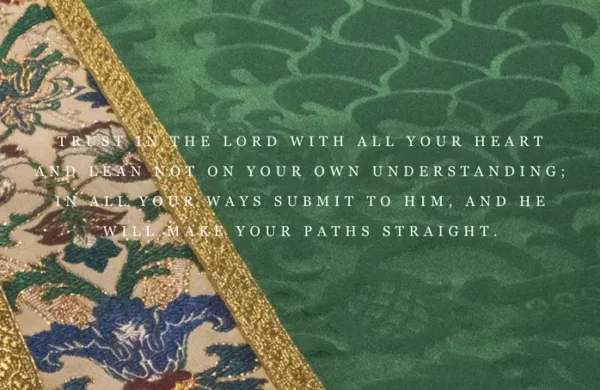
Lent makes us think, and we look forward to the renewal and growth of Ordinary Time. Following Christ’s teachings every day, this lively season encourages us to deepen our spirituality and nurture our community. Reserve your custom clothes early to get ready for Ordinary Time.
Like this:
Like Loading...
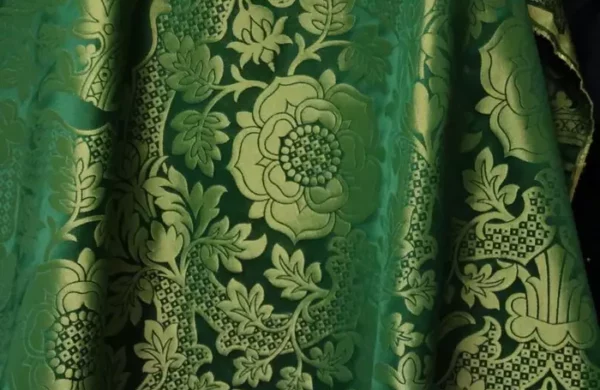
Green, with its lush and lively appearance, is often associated with growth, renewal, and the vitality of nature. During the Pentecost season, the Church reflects upon the birth and growth of the early Christian community, empowered by the Holy Spirit. Green serves as a powerful symbol of the spiritual growth that occurs within individuals and the Church as a whole. The color green serves as a visual reminder of the hope, inspiration, and guidance that the Holy Spirit provides, fueling the growth of faith and the spreading of God’s love throughout the world.
Like this:
Like Loading...
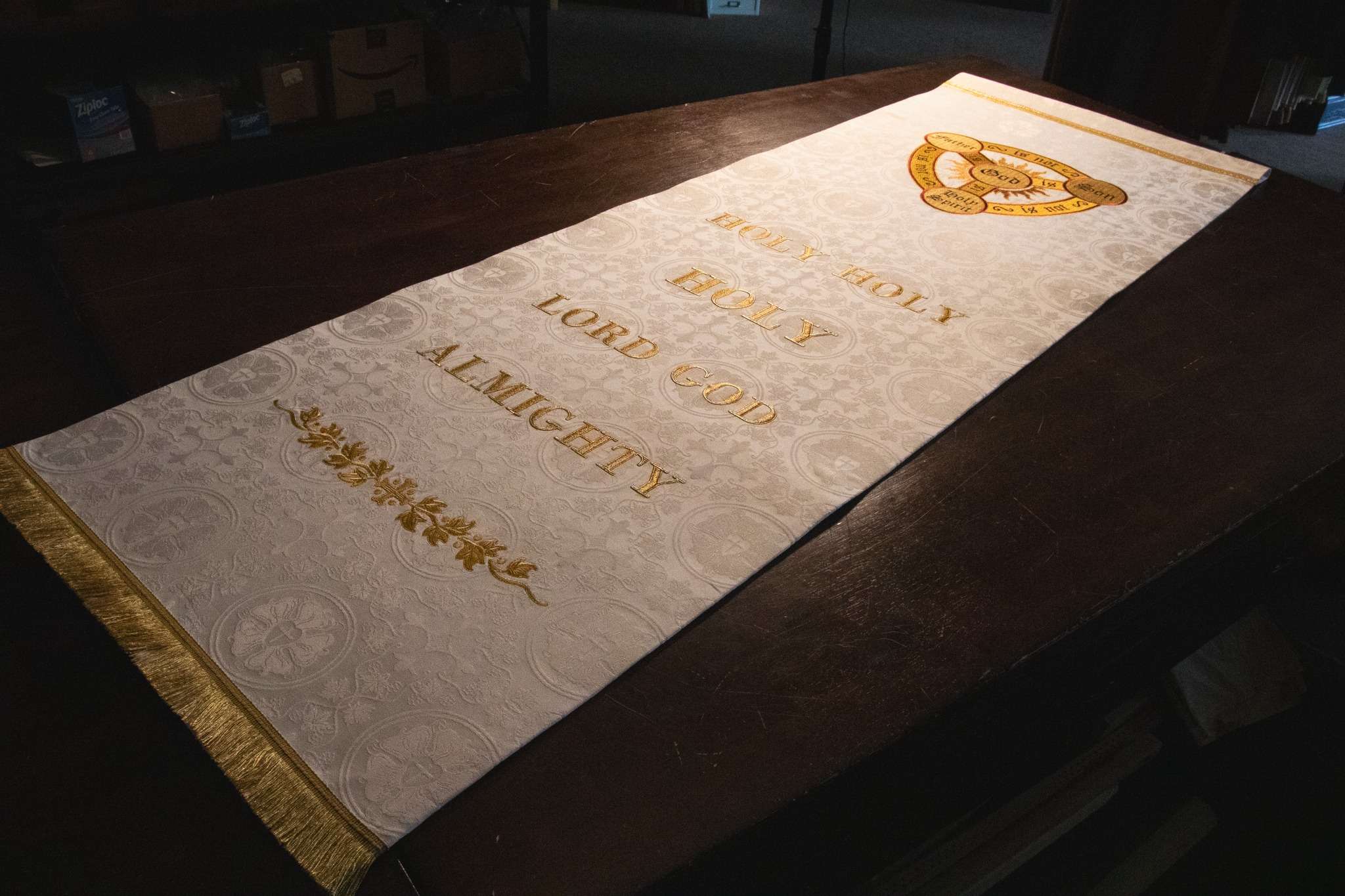
Trinity Sunday is a Christian feast day celebrated on the Sunday after Pentecost. It is a day dedicated to the Holy Trinity – the Father, Son, and Holy Spirit. The doctrine of the Trinity is one of the foundational beliefs of the Christian faith, and Trinity Sunday serves as a reminder of the essential nature of this belief. Trinity Sunday is a day that holds great significance for Christians around the world.
Like this:
Like Loading...
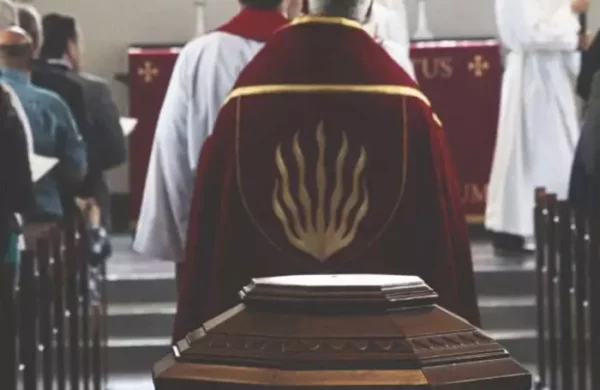
The word “Pentecost” comes from the Greek term “pent?kost?” which means “fiftieth.” Pentecost finds its roots in the Jewish holiday of Shavuot, which takes place 50 days after Passover and celebrates the giving of the Torah to Moses on Mount Sinai. Pentecost is a significant Christian holiday commemorating the Holy Spirit’s descent upon the apostles of Jesus Christ, marking the birth of the Christian Church.
Like this:
Like Loading...

Ascension Day is an important Christian holiday that marks the conclusion of the earthly ministry of Jesus Christ and his ascension into heaven. Observed 40 days after Easter Sunday, Ascension Day commemorates the moment when Jesus, after his resurrection, was taken up into the clouds before the eyes of his Disciples. This event is recognized in various Christian denominations around the world, each with unique customs and traditions. Let’s explore the significance of Ascension Day and how it is celebrated in different cultures.
Like this:
Like Loading...

The use of the color red in the church during Pentecost is commonly attributed to its association with the flames of the Holy Spirit, which descended upon the apostles and other followers of Jesus Christ as tongues of fire. Red, as the color of fire and blood, is a natural choice to represent this element. The imagery of flames and fire is often associated with the Holy Spirit in Christian iconography, and red serves as a powerful visual reminder of the transformative power of faith.
Like this:
Like Loading...
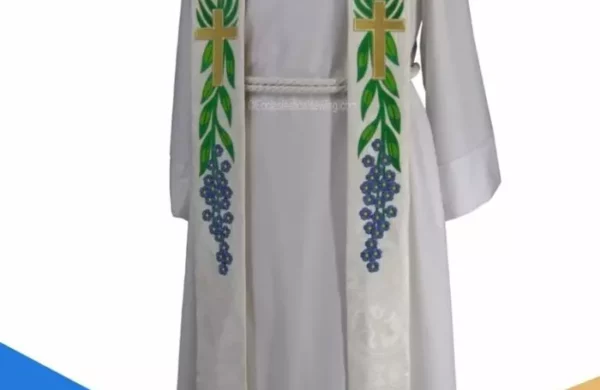
The white lilies and blue forget-me-nots held symbolic meaning. The dainty blue flowers asked the viewer not to forget God’s promises, while the white bursting blooms proclaimed the resurrection. They were attached to a bed of greens and a cross adorned the center of the stole.
Like this:
Like Loading...
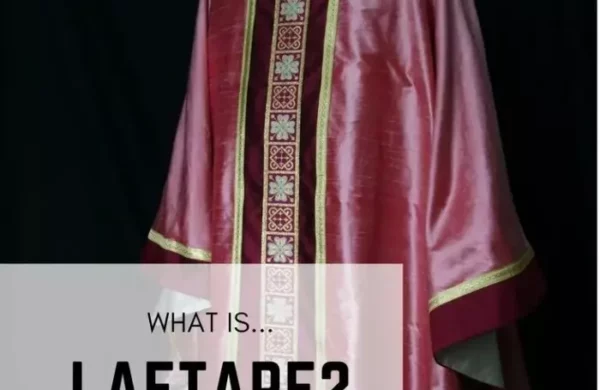
The word Laetare means “rejoice” in the Latin text of the word. Laetare was ultimately decided to be the name for this Sunday of rejoicing and celebration from the Latin text of the scripture verses found in the 66th chapter of the book of Isaiah.
The six-week season of Lent is overall a time of solemn and somber fasting spent in penance and preparation for the coming of Easter Sunday.
Like this:
Like Loading...
















You must be logged in to post a comment.